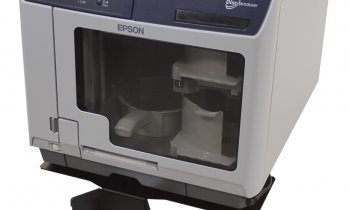Computer or Radiologist - Who is the boss?
Without developments in computers and information technology, medicine and radiology would not be what they are today. Data processing to an extent that a human being would never be able to manage, and transmission systems that make diagnoses independent of place and person, have made the computer one of the modern radiologist's most important allies. But which one of them is the boss? This question will be addressed at the state of the art symposium 'The computer and the radiologist: who assists whom?' chaired by professor Davide Caramella (Pisa/IT) at the ECR.

Developments in information technology in diagnosis and therapy are becoming more and more important, especially for the modern radiologist who is expected to find his place in this rapidly evolving environment. “We can no longer be satisfied only with the creation of good images and their interpretation. Our task is changing towards the extraction of quantitative data. These should guarantee a consistent support for those physicians in hospitals, who are concerned with the choice of therapeutic alternatives and the evaluation of results”, says Caramella, professor of radiology at the University of Pisa.
In the future, picture archiving and communication systems will not only be used in radiology departments, but should also be accessible as ‘infostructure’ for professionals in other medical
disciplines. More precisely they could be used, for example, by surgeons who wish to go back to
specific data to prepare for an operation, or residents who can be trained using a ‘virtual patient’.
The integration of imaging into efficient patient management provides more safety for the patient, guarantees minimally invasive surgery and ensures constant communication for everyone involved. Especially in surgery an image and model-controlled planning based on radiologic imaging material can change and improve surgical interventions.
Many of the speakers in this session are strongly involved in the society EuroPACS (Picture Archiving and Communication Systems), which has been dealing with the influence of computers and IT on radiology, and its advantages, for more than 25 years. Today, progress and daily work would be unthinkable without computers, and therefore EuroPACS meets the challenges that arise when IT applications are integrated into clinical fields and explores the limits that modern technologies can still have.
Information technologies provide objective and reproducible results, which consequently guarantee consistent interpretation of images by different readers and improve diagnostic efficiency. But applications can also bear deficits or faults: it is therefore very important for a radiologist to understand and carefully examine the validity of data from quantitative analyses, and not blindly trust the numerical results provided by the computer programme.
10.03.2009











